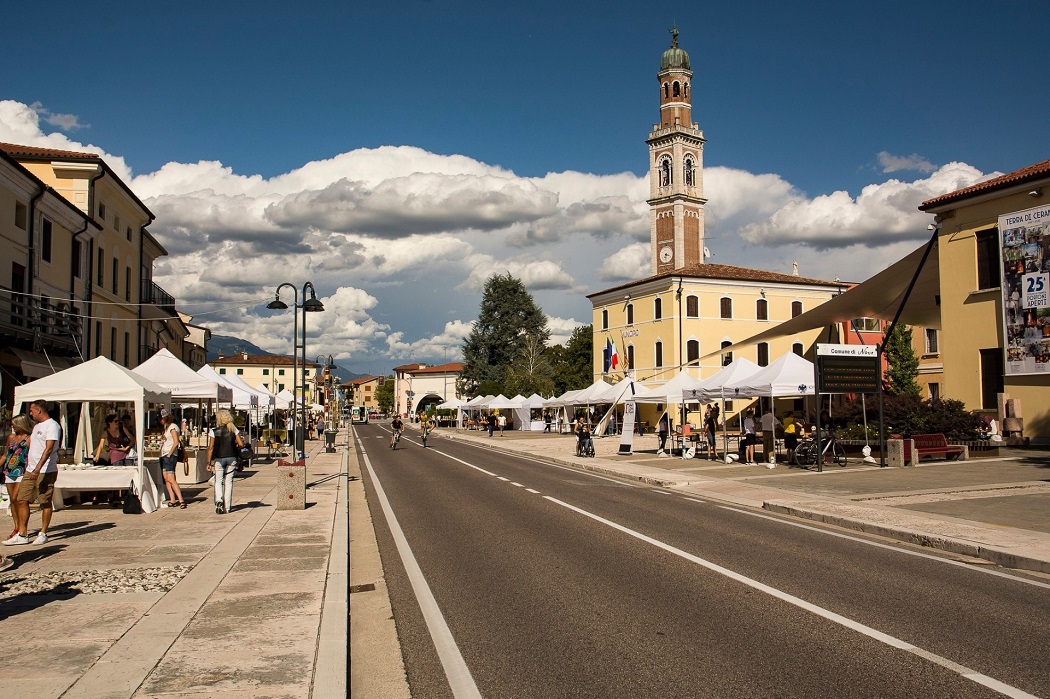
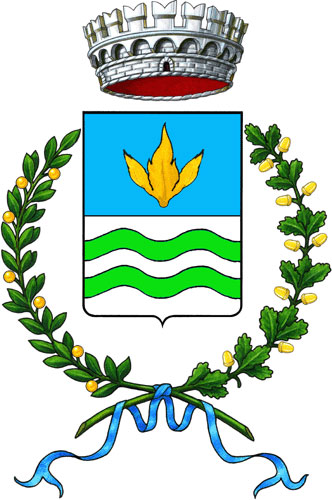
Nove is a village on the Veneto plain beside the banks of the Brenta River, not far from Monte Grappa and the Asiago plateau. And it should be remembered that the river is called 'la Brenta' for women.
Its life is linked to that of the river and its name comes from Terrae Novae after the Brenta changed its course during its numerous floods (the Brentanes), and in particular after the great flood of 589 AD.
For centuries the river has given power to the numerous mills in the area, which have allowed artisanal activities, and has delivered the clay banks that have given birth to one of the most flourishing ceramic industries in Italy.
After the fall of the Roman Empire, the area was crossed by numerous barbarian armies on their way to conquer Rome and the passage of the Huns in 899 is significant, to which we also owe the birth of Venice, by those who sought refuge in the lagoon from the violence of the Huns.
The Huns had to cross the Brenta and collided with Berengario I of Friuli, emperor of the Holy Roman Empire, in the area between Nove and Cartigliano, which for years has called itself 'Vadus Ungherorum', that is the place where the Hungarians ferried across the river.
The area that had freed the Brenta by the river modifying its passage fell within the possessions of Marostica which, in turn, was connected first with Vicenza, then with the Dalla Scala of Verona and finally with the Visconti of Milan.
The first settlements seem to date back to 1300 and they were small peasant houses.
In 1404, Marostica and the small village of Nove, which in the meantime had formed, became part of the territory of the Republic of Venice where they remained until its end.
The foundation stone of the church of Saint Peter Apostle was laid in 1449, indicating that the community had grown even though it was still unable to maintain a permanent priest.
The plague of 1501 brought even more misery and sowed death in the whole area.
In 1602 Nove obtained separation from Marostica and the construction of the bell tower dates back to this period. But this independence did not last long and in 1633 the two towns returned under one administration.
In 1630 there was a second plague that strangely did not hit Nove despite causing many deaths and famine in nearby Bassano del Grappa.
The economic situation of Nove improved with the first artisan settlements and in 1655 the church was rebuilt which then, in 1700, was embellished with an organ.
Finally, in 1706, Nove gained independence from Marostica and became a municipality. The floods of the Brenta never stopped and in the early eighteenth century situations were documented in which one had to go to church using the boat.
The economy had its point of excellence in the production of silk, but the real turning point in the life of Nove began in 1727 with the production of ceramics and the first factory was that of the Antonibon family. In 1752 Pasquale Antonibon obtained a contract with the Serenissima Republic and a twenty-year tax exemption which, combined with the driving force given by the river, the presence of clay and the supply of wood from the forests to feed the ovens, allowed him to start what would become the engine of Nove for centuries: the ceramic industry.
Venice granted a tax exemption to stimulate innovation and compete with the fashion of Chinese porcelain that was invading Europe and taking away market shares.
The ceramics of Nove reached a very high standard and were exported from Germany to Turkey.
In 1796 the arrival of Napoleon led to one of the bloodiest episodes in the history of Nove. The general personally took part in the battle between the French and the Austrians in the Italian countryside and was defeated in the Battle of Brenta in Nove.
This defeat is found in the tradition of the 'cuchi', the ceramic whistles which were initially given the form of the French commander in a mocking way.
However, in 1797 Napoleon ended the Republic of Venice and the area then became part of the Austrian Empire. With the fall of Venice, the main commercial outlet of the factories of Nove that faced their first transformation towards modernity was missing. Production of cheaper earthenware ceramics began that were destined for a large popular audience that was growing and required different types of decorations.
At the beginning of the nineteenth century, for the last time, the church that took on its current neoclassical character was modernized, while the new bell tower over 70 meters high would be inaugurated in the early twentieth century.
In 1866 Veneto entered the Kingdom of Italy and shortly thereafter the school of art was started, which was to support the innovation of ceramic companies, thanks to the legacy of the sculptor Giuseppe De Fabris.
The First World War brought a lot of ruin to Veneto and even Nove saw many of its citizens leave Italy in search of fortune especially in the South and North Americas.
In 1968 the bridge on the Brenta which connects Nove with Cartigliano was inaugurated and which put an end to the work of the ferrymen.
In 1995 the Museum of Ceramics was inaugurated which tells the story of Nove's productions and which houses a vase by Pablo Picasso. All the artistic productions of Nove can be admired in the Open Doors event in September.




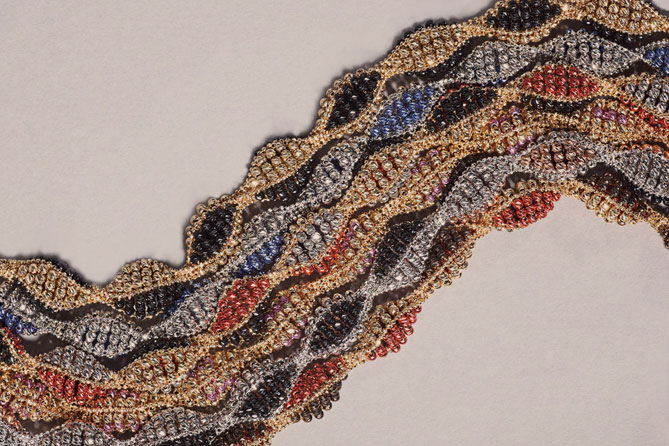

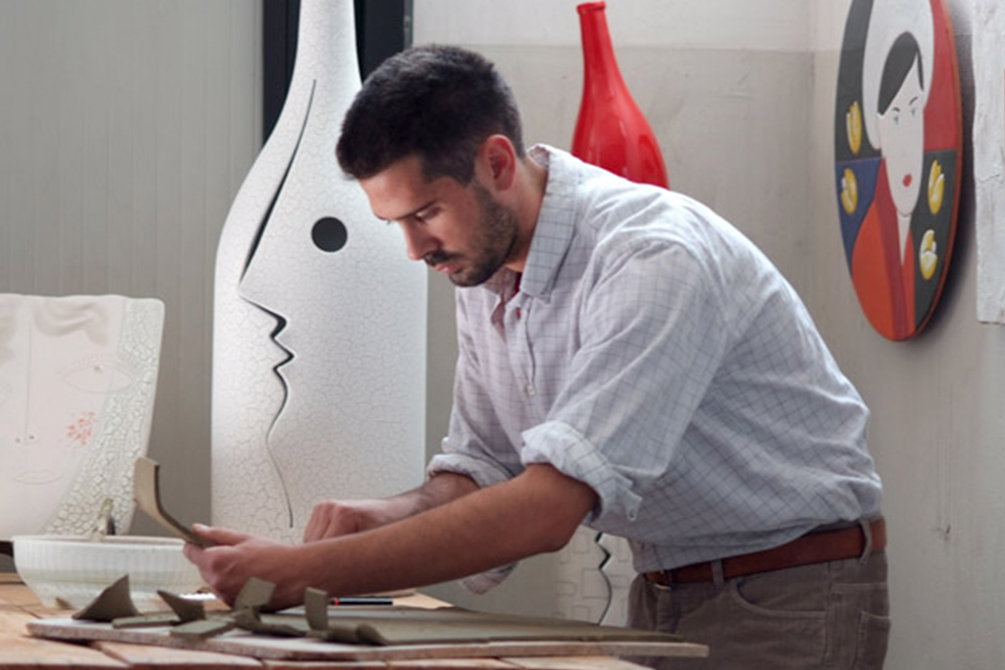
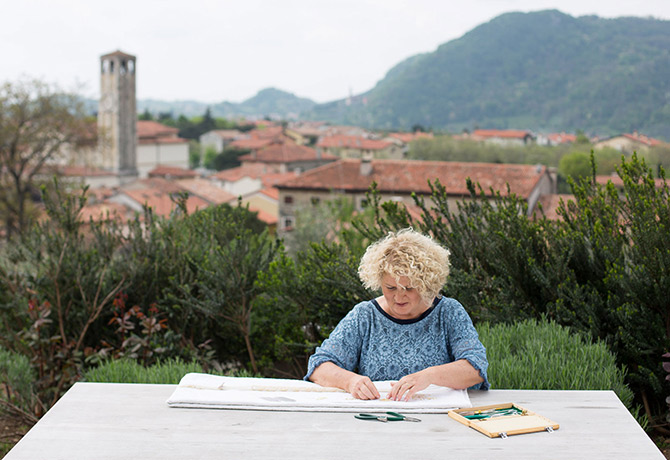

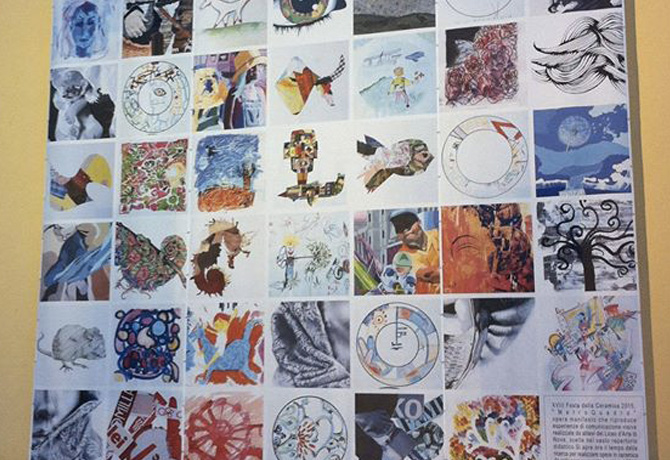
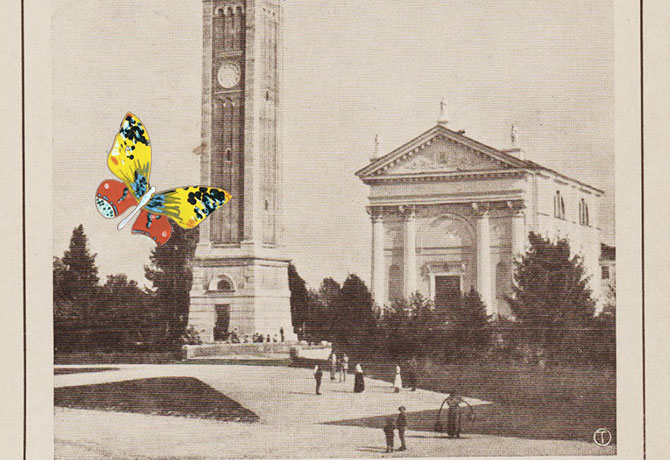
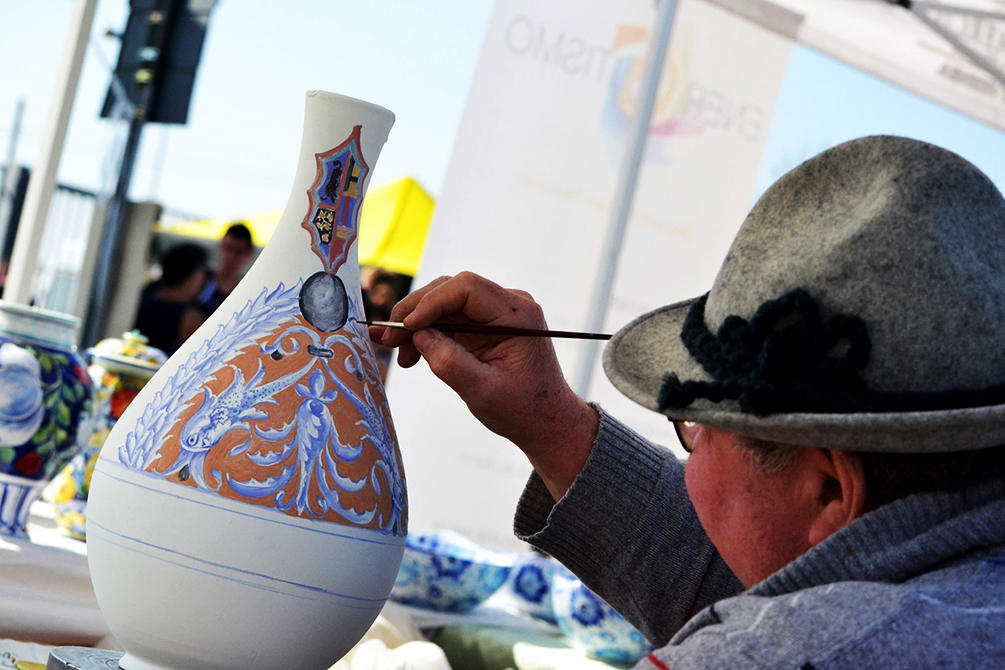
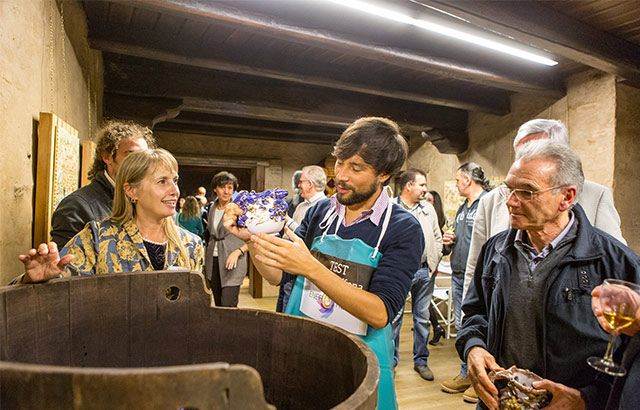




Follow us